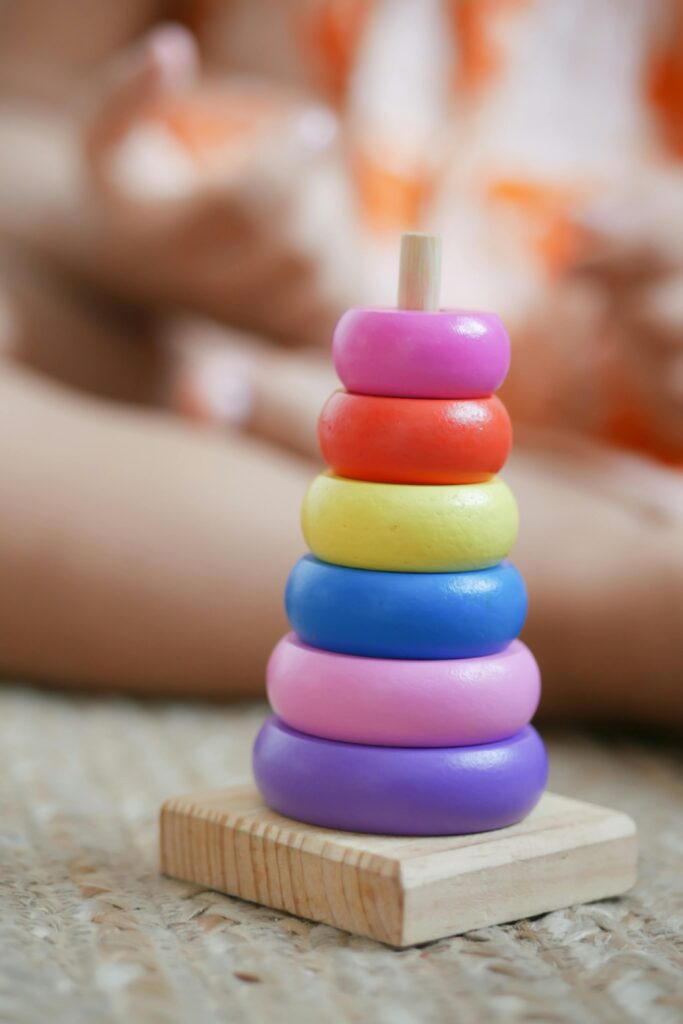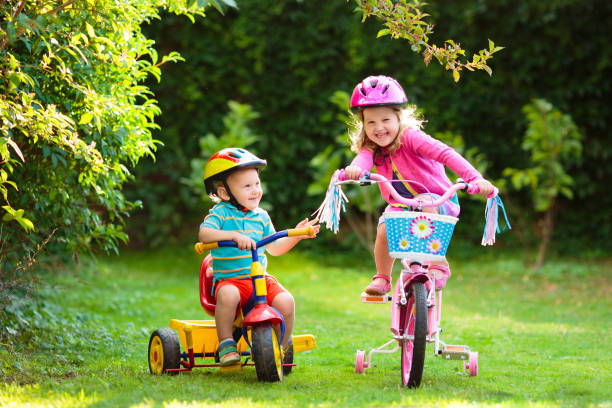Introduction: Why Movement Matters for Kids
Children learn and grow through movement. Whether it’s running, jumping, or simply stacking blocks, physical play supports both body and brain development. These activities build strength, sharpen coordination, and foster critical thinking.
In this blog, we’ll explore effective motor activities that help kids become stronger and smarter—plus how you can easily include them in daily routines.
What Are Motor Activities?
Motor activities are exercises that involve muscle movement and coordination. They are usually grouped into two types:
- Gross motor skills: Large movements using arms, legs, or the entire body—like running, climbing, or hopping.
- Fine motor skills: Smaller movements involving hands and fingers—such as writing, drawing, or tying shoelaces.
Both types are crucial to a child’s healthy development and learning progress.
Top Benefits of Physical Play for Kids
Engaging children in movement-rich activities supports them in many ways:
- Builds physical strength and endurance
- Improves balance and coordination
- Boosts focus, memory, and learning
- Encourages creative thinking
- Develops social and emotional skills
The link between body movement and brain development is well-documented by experts, including those at Harvard’s Center on the Developing Child.
Fun Gross Motor Activities to Try at Home
Let’s explore some gross motor games that children can enjoy while developing strength and coordination:
1. Indoor Obstacle Course
Use pillows, chairs, tunnels, or boxes to create a fun indoor obstacle course. It builds agility, balance, and problem-solving.
2. Animal Walks
Let your child crawl like a bear, hop like a frog, or waddle like a duck. These activities are not only entertaining but also strengthen different muscle groups.
3. Dancing to Music
Turn up the volume and encourage free dancing. It’s a great way to improve rhythm and body control while having fun.
4. Hopscotch
This classic game teaches number recognition, balance, and control. Draw it on the floor with tape or chalk outdoors.
5. Catch and Throw
Simple ball games improve coordination and motor planning. Start with soft balls for safety and confidence.
Engaging Fine Motor Activities for Kids

Fine motor skill development is equally important. Here are a few creative ways to practice:
1. Puzzle Solving
Solving puzzles helps with concentration, patience, and hand-eye coordination.
👉 Browse fun and educational puzzles on Trendy Panda
2. Playdough Modeling
Squishing and shaping dough improves finger strength and creativity.
3. Bead Stringing
Let kids thread large beads or pasta onto strings. This supports focus and grip control.
4. Coloring and Drawing
Art projects develop pencil grip, precision, and creative expression.
5. Building Blocks
Stacking or connecting blocks enhances spatial skills and fine motor accuracy.
How Movement Enhances Brain Development
Physical movement stimulates brain regions responsible for attention, memory, and decision-making. According to studies, children who engage in regular physical play show better academic performance and emotional regulation.
Motor development and brain growth go hand in hand—so encouraging activity means supporting overall learning too.
Daily Routine Tips for Parents
Here are easy ways to include movement in your child’s daily life:
- Morning stretches or light yoga
- Movement breaks during homework time
- Helping with chores like sweeping or organizing toys
- Evening playtime outdoors or in a safe indoor space
The goal is to keep children moving in short bursts throughout the day—10–20 minutes at a time is often enough.
Best Toys That Support Motor Development

Toys that encourage movement and interaction are great for developing both gross and fine motor skills. Look for items that promote:
- Active play – tricycles, ride-ons, mini trampolines
- Hands-on creation – art kits, building sets, magnetic tiles
- Skill-building games – shape sorters, puzzles, stacking toys
👉 Discover engaging motor skill toys at Trendy Panda’s Toy Collection
Ideas Based on Age Group
Choosing the right activity depends on your child’s developmental stage. Here are a few suggestions:
Toddlers (1–3 years)
- Pushing and pulling toys
- Sorting shapes
- Large block stacking
Preschoolers (3–5 years)
- Jumping games
- Dancing or freeze tag
- Painting with brushes or sponges
School-age Kids (6+ years)
- Skipping rope
- Crafts and origami
- Team sports or relay games
Tailoring movement games to your child’s age keeps them interested and progressing.
Conclusion: Grow Stronger, Learn Smarter
Helping kids grow strong and smart doesn’t require expensive gear—just the right activities and encouragement. With a mix of physical play and creative tasks, your child can build strength, confidence, and critical life skills.
So, get moving today. Make time for active fun and watch your child thrive in body and mind.
👉 Ready to support your child’s development?
Explore the latest toys and kits at Trendy Panda — perfect for building motor skills through play!



